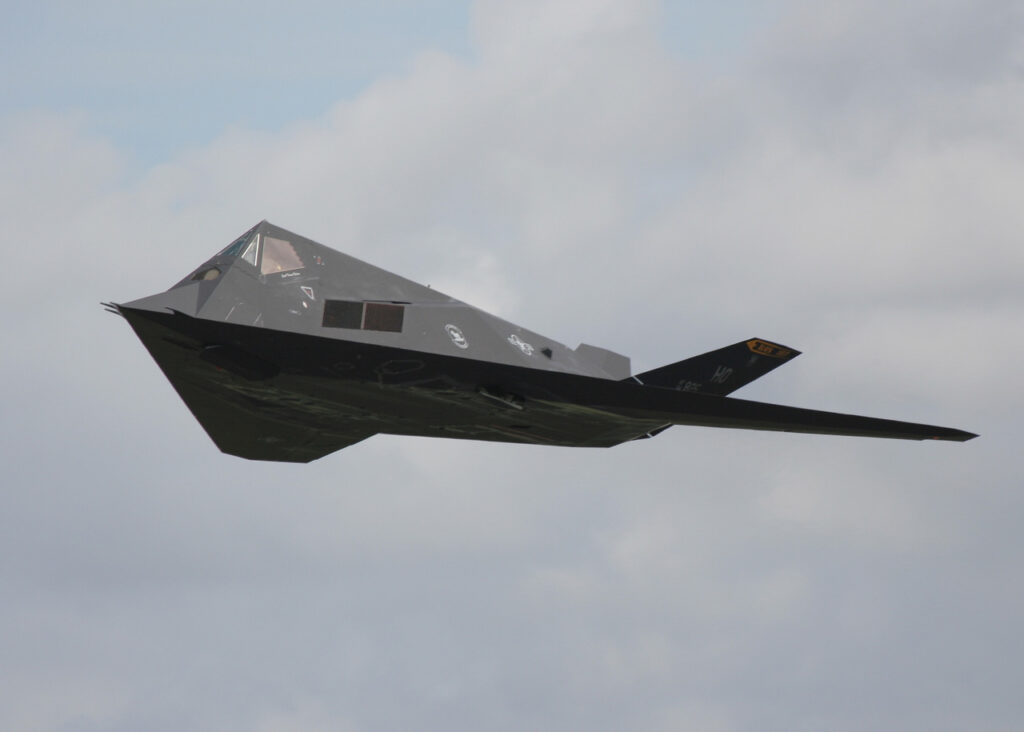
By 2024, Australia Will Have 72 F-35s Flying High
Here’s What You Need to Remember: To date, the RAAF has established one operational and one training F-35A squadron at RAAF Base Williamtown with plans to establish another operational squadron in January 2021. As of this month, five RAAF F-35 jets have been assigned to the 61st Fighter Squadron, with the first F-35 jet delivered to Williamtown in 2018.
Last month the Royal Australian Air Force (RAAF) took delivery of its thirtieth F-35A Lightning II Joint Strike Fighter. To ensure that the advanced fifth-generation aircraft is fully mission operational, RAAF pilots have been taking part in joint training with the U.S. Air Force pilots halfway around the world in the skies over Arizona.
While the majority of Australia’s F-35As, along with pilots, maintainers and aircraft have returned to RAAF Base Williamtown in New South Wales, Australia, the RAAF still maintains a joint pilot-training and maintenance presence at Luke Air Force Base, Arizona.
In addition to training the Australian pilots on the F-35As, this also helps fulfill Secretary of Defense Mark Esper’s national defense priority of strengthening alliances and partnerships.
“I feel like we contribute something to the U.S. Air Force training mission by bringing our own unique perspectives, configuration, roles and environments to the mission, just like the U.S. Air Force mission brings that to us as well,” explained RAAF Maj. Christopher Baker, 61st Fighter Squadron instructor pilot and graduate of the F-35A pilot training program at Luke AFB. “I think that’s what’s really useful about it being combined.”
More Than Kicking the Tires
Given that the F-35A jet is among the most advanced—if not the most advanced fighter aircraft flying today—the RAAF ensured that it worked closely with Lockheed Martin, the aircraft’s designer/manufacturer, every step of the way. Airforce-Technology reported that included performing checks on the production line at the defense contractor’s facility in Texas to conducting flight tests to ensure that the finished product would be up to the RAAF’s requirements.
Australia announced in 2009 that it had selected the conventional takeoff and landing (CTOL) F-35A Lightning II to replace its F/A-18 Hornet fighter fleet.
In addition to the manufacturer of key components for the fifth-generation stealth fighter at Lockheed Martin’s Texas facility, many of the F-35 parts and components for the aircraft are sourced from Australian firms. As a program partner, Australian businesses have been given the opportunity to supply components for production as well as sustainment for the entire F-35 fighter jet fleet, not just those destined for the RAAF, and every one of the aircraft will contain some parts and components from Down Under.
Allies in the Air
Given that the U.S. Air Force and RAAF will be operating the same aircraft could increase the chances that many of the pilots who have trained together could take part in operations, including combat sorties, together in the future.
“Other than the way the aircraft is painted, they’re all exactly the same, so we have that common platform of flying the F-35,” said U.S. Air Force Lt. Col. Tom Hayes, the commander of the 61st Fighter Squadron. “The common tactic is sharing the same training strategies between the RAAF and the U.S. Air Force.”
The training has resulted in friendships as much as a state-level alliance.
“Most of the Australian pilots that have come through here at Luke (AFB) have worked with the U.S. Air Force before in the Middle East,” Baker added. “I don’t think you’d meet many RAAF or U.S. Air Force pilots that haven’t interacted with each other before in some capacity, either operationally or in an exercise somewhere.”
To date, the RAAF has established one operational and one training F-35A squadron at RAAF Base Williamtown with plans to establish another operational squadron in January 2021. As of this month, five RAAF F-35 jets have been assigned to the 61st Fighter Squadron, with the first F-35 jet delivered to Williamtown in 2018.
Seventy-two F-35 jets have been ordered by the government in Canberra and the last one is projected to be delivered to Australia by 2024.
Peter Suciu is a Michigan-based writer who has contributed to more than four dozen magazines, newspapers and websites. He is the author of several books on military headgear including A Gallery of Military Headdress, which is available on Amazon.com. This article first appeared last year and is being republished due to reader interest.
Image: Wikimedia Commons.


